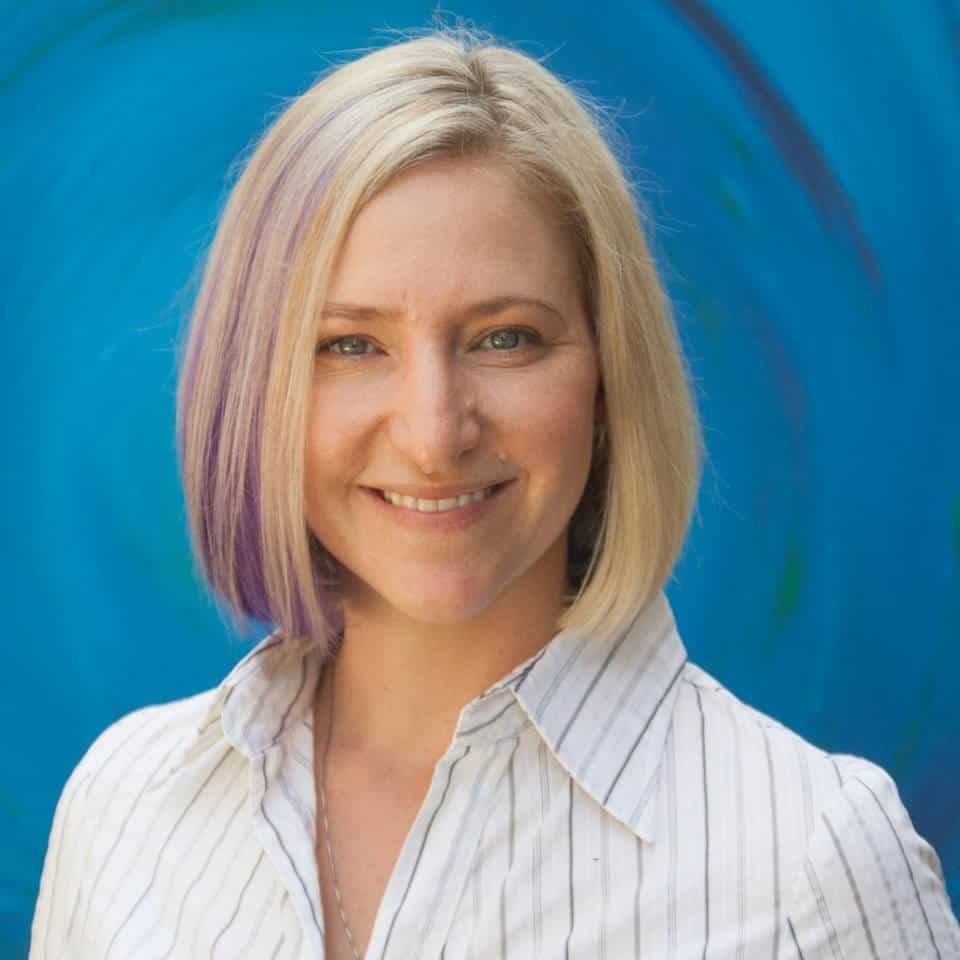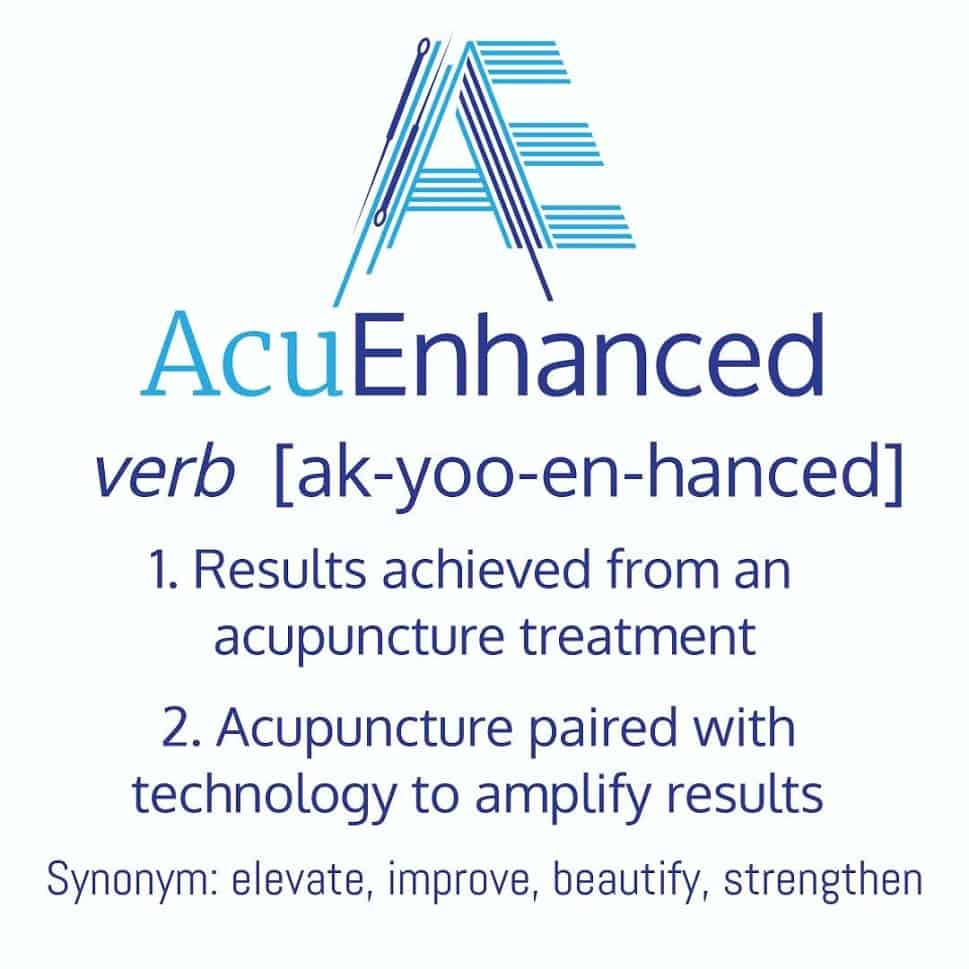Dry Needling
Dry Needling vs Acupuncture – What’s the Difference?

What is Dry Needling?
Dry needle therapy, also known as myofascial trigger point dry needling, is an alternative medicine technique similar to acupuncture. Dry needling can also be called intramuscular stimulation (IMS). Dry needle therapy involves the use of either solid filiform needles (acupuncture needles) or hollow-core hypodermic needles for therapy of muscle pain. Dry needling is mainly used to treat myofascial trigger points, but it is also used to target connective tissue, neural ailments, and muscular ailments. The American Physical Therapy Association defines dry needling as a technique used to treat dysfunction of skeletal muscle and connective tissue, minimize peripheral nociception (pain), and improve or regulate structural or functional damage.
What are the origins of Dry Needle Therapy?
The term “dry needling” came from Janet G. Travell. In her book, Myofascial Pain and Dysfunction: Trigger Point Manual, Travell used the term “dry needling” to differentiate between two hypodermic needle techniques when performing trigger point therapy. The techniques involved the use of a hypodermic needle to manually stimulate trigger points or myofascial trigger points, or to inject these points with substances such as saline solution and local anesthic (known as wet needling).
Trigger Points and Myofascial Trigger Points, What are they??
Myofascial trigger points, also known as trigger points, are described as hyperirritable spots (sore to touch) in the skeletal muscle. They are associated with palpable nodules in taut bands of muscle fibers known as knots. Trigger points may have pain that radiates from these local points of tenderness to bigger areas, sometimes far away from the trigger point itself (known as referred pain). Local tenderness, referred pain, or local twitch response may arise from the compression of a trigger point. The local twitch response is a small twitch of the entire muscle, not to be confused with a muscle spasm where the entire muscle contracts.


Is Dry Needling different to Acupuncture?
No, However whilst every Acupuncturist can perform dry needling techniques, Dry needling practitioners are only using dry needling techniques not the full scope of Chinese Medicine. The techniques described as ‘dry needling’, ‘intramuscular stimulation’ or ‘myofascial trigger point’ needling are specific techniques that have been described in classical and contemporary Chinese medicine literature. Trigger points are defined in these texts as ‘Ashi Points’. The first reference of ashi points – which literally translates as ‘Ah yes!’ – was by Sun Simiao in his book Qian Jin Yao Fang (Thousand Ducat Formulas) in 652A.D.. over 1300 years ago.
Ashi points or as my favorite teacher used to explain them “Ah SH#T” points as they hurt when pressed on, are points of muscular tension and are tender to touch. These points are needled in such a way as to create a twitch response in the muscle called the arrival of ‘De qi’. This term was described in the ‘Yellow Emperor’s Classic of Internal Medicine ’ which is believed to have been written in 100B.C.
Dry needle therapy is not a new technique developed in the 1930s, but rather a term that is used to describe a technique that has been used in Chinese medicine acupuncture for over 2000 years.
Are trigger points and ashi points the same?
Yes they are. Trigger points are tight bundles of muscle fibers within muscles where the nerve meets the muscle that allow a nerve impulse to activate a muscle. Ashi points include trigger points but are far higher in number so they have a bigger range of areas that can be used when using acupuncture for musculoskeletal pain.
Why is it called dry needling instead of acupuncture?
In Australia “Acupuncture” is a protected title, legally you have to be a registered Acupuncturist or Chinese Medicine Practitioner to perform Acupuncture, therefore if you use an acupuncture needle during your treatments and you are not an Acupuncturist you must call what you are doing “dry needling”.


What are the benefits of seeing a registered Chinese medicine practitioner over a dry needling practitioner?
Less pain more options:
Dry needling is only one needling technique used by a registered acupuncturist. It also tends to be one of the more painful ones. At AcuEnhanced we use more gentle needle techniques to help you get better results than just dry needling.
Improved safety:
Much longer and more specific training in using acupuncture needles so you are in safer hands. Along with several layers of governing bodies.
Improve function and Pain relief:
Acupuncture is just one technique within Chinese medicine that acupuncturists may use for muscle pain and dysfunction. We also have additional tools including diet, Chinese herbal medicine, pain relief supplementation, cupping, moxa, electro-acupuncture and exercise therapy.
What training do you need for dry needling vs acupuncture?
Practitioners that choose to study dry needle therapy as an add on requires as little as 8hrs online and 12hrs of practical training, before a practitioner can be qualified to perform the practice. There are some courses now that are up to 64hrs. However there is no registering body and no legal requirements, except for local government regulations regarding the premises facilities where skin penetration is being performed.
Registered acupuncturists & Chinese medicine practitioners have significantly more training in acupuncture and dry needling as this is their primary modality not an add on. On average a registered acupuncturist would have approximately:
• 150 hours of Anatomy and Physiology outlining location of organs, nerve structures and arteries
• 100 hours of point location including how to needle in order to prevent issues such as organ puncture, nerve damage, artery damage and pain.
• 200 hours of needling training.
• 400 hours of supervised clinical practice


Who governs Acupuncturists and what’s required of them?
Currently in Australia in Chinese medicine and acupuncture are regulated, so to practice as an Acupuncturist or Chinese medicine practitioner you must be registered under the Australian Health Practitioner Agency (AHPRA) and the Chinese Medicine Board of Australia (CMBA). You must also be part of an association like the Australian Acupuncture and Chinese medicine association (AACMA) adhering to their strict codes of conduct, and completing ongoing training specific to Chinese medicine and be covered by appropriate insurance.
What conditions is dry needling used for?
Dry needling is most commonly used for musculoskeletal problems including:
• Headaches and migraine
• Neck and shoulder pain
• Carpal tunnel
• Tennis elbow
• Low back pain
• Sciatica
• Knee pain
• Plantar fascitis
• General pain relief

Here at AcuEnhacned dry needling is only ONE of the needling techniques that might be used.
Acupuncture and Traditional Chinese Medicine Clinic servicing North Brisbane and surrounding suburbs including Chermside, Chermside West, Stafford, Stafford Heights, Everton Park, Everton Hills, Aspley, Kedron, Mitchelton, Arana Hills, Albany Creek and Bridgman Downs. Treatments can include Acupuncture, Cupping Therapy, Dry Needling, Massage, Moxa ( Moxibustion ), Electro-Acupuncture, Ear Acupuncture, Cosmetic Acupuncture.

To Contact Rebecca
Call 0411 676 554

